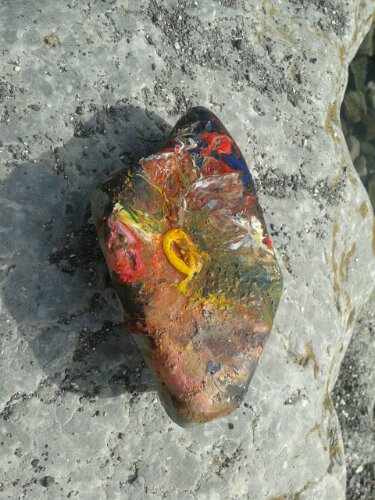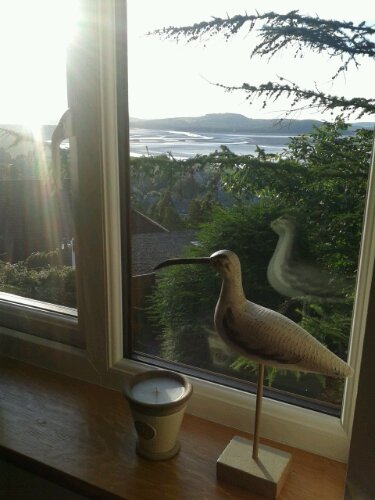As Summer draws to a whimpering close, I am beginning to feel the promise of Autumn approaching. For me, September has always been an exciting time of year, from the new-stationery-and-shiny-shoes of my Primary school days to the deep-breath-and-the-plunge of starting University (twice). The cooler weather and the shorter nights bring me thoughts of reinvention, of creative projects and of ‘starting again’.
For three out of the last eight years, this has meant an earnest attempt at NaNoWriMo – or National Novel Writing Month, to give it its full title. Running from the 1st to the 30th November, it’s a write-by-the-seat-of-your-pants, stream-of-consciousness, write-now-edit-later extravaganza that has left me with a two-part Young Adult fantasy novel called Echo Peninsula (2005 and 2006) and a rambling pile of nonsense loosely based on the Tam Lin legend (2011). I doubt either will ever see so much as a red Biro, let alone the inside of a bookshop, but I love the challenge and the excitement of trying to pen 50,000 words in the space of a month.
Though my own efforts are pretty poor, not everyone who completes the NaNo challenge is destined for the slush pile. Erin Morgenstern’s The Night Circus started life as a NaNoWriMo project before being published last year. For many amateur writers, the 30-day challenge is a fantastic – if highly-concentrated – way of hammering out ideas, improving focus, or even just increasing typing speed (I can type a good 60-70wpm, thanks mainly to the effort of trying to churn out 1660 words every evening).
One of the problems I had last year when deciding what to write about was the fact that I couldn’t come up with anything that seemed remotely original. Each idea I had seemed a poor imitation of something I’d once read or seen or heard; none of the plots I tried to string together seemed like they would produce anything that could keep my attention for 50,000 words.
Then I realised something – there aren’t any original stories. Every folk tale or fairy story I Googled had links to other, similar fables; each continent seemed to have its own version of Peter Pan or Cinderella. The more research I do for this blog, the more I realise that it is not the tale but the way it is told; King Arthur, Robin Hood, giants and fairies and witches, all capture the collective imagination as much now as they did a hundred years ago, a thousand years ago.
So perhaps my route to successful storytelling lies in crafting something new and fresh from the raw materials passed down to us by our ancestors. It is an encouraging thought, and has led me to look at this November’s NaNoWriMo preparation not with apprehension but with a new enthusiasm. With the help of the collective back-catalogue, anything is possible.













